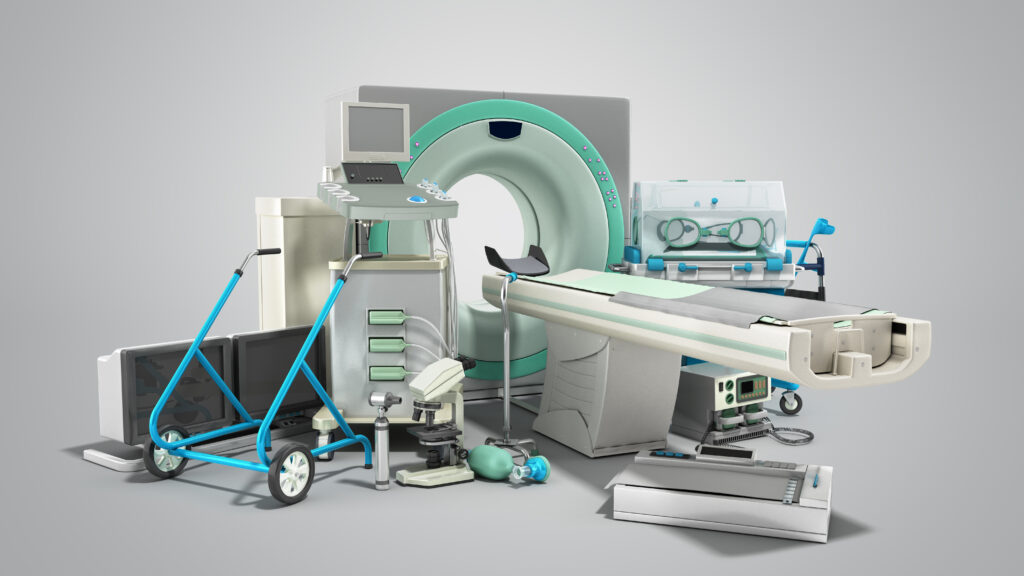In a recent survey of U.S. companies, medical device makers reported spending $31 million on average to bring a new product to market under the Food and Drug Administration’s 510(k) pathway for those similar to devices already approved. These costs balloon to more than $90 million for new Class III devices that progress through the more rigorous premarket approval pathway. Device makers face myriad obstacles, including traditional practice patterns and consumer behavior, existing economic relationships and dependencies, and, in some cases, regulatory barriers. The latter, while designed to ensure safety and effectiveness, often serve to solidify the market dominance of incumbents.
The rise of ride-sharing companies like Uber and Lyft represents a striking example of a new, and arguably better, business model that managed to overcome the barriers of tradition, payment, and regulation. Many health care device makers have employed similar strategies to great effect, overcoming barriers by creating sufficient market demand to limit inevitable pushback. On the one hand, this may be an efficient workaround to a cumbersome regulatory process that some believe stifles innovation. On the other hand, it may put patients at risk with new treatments or devices being adopted with enthusiasm outpacing credible evidence.
advertisement
Uber’s origin story is well known. When it sought to enter various markets around the U.S., it encountered enormous barriers, including the entrenched taxicab companies, customer behavior, and existing (and potentially obsolete) laws or regulations. Rather than attempting an expensive and prolonged campaign aimed at local, state, and national legislators and courts, Uber chose to enter the market and deal with the consequences later. In New York City, for example, it quickly achieved a large share of the consumer transport business. Its market dominance was so profound that it drove down the cost of taxi medallions from $1.3 million in 2014 to $250,000 in 2016. In a version of the famous maxim, “Ask for forgiveness, not permission,” Uber’s initial foray into markets skirted close to the edge of regulatory and legal proscriptions. Notwithstanding many critiques for its corporate culture and limited driver benefits, the loyalty Uber built among its customers helped buffer the company from significant regulatory backlash.
Get unlimited access to award-winning journalism and exclusive events.

